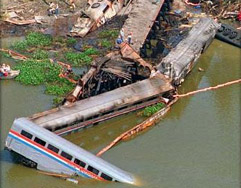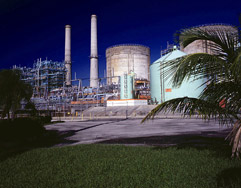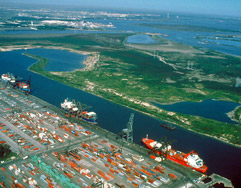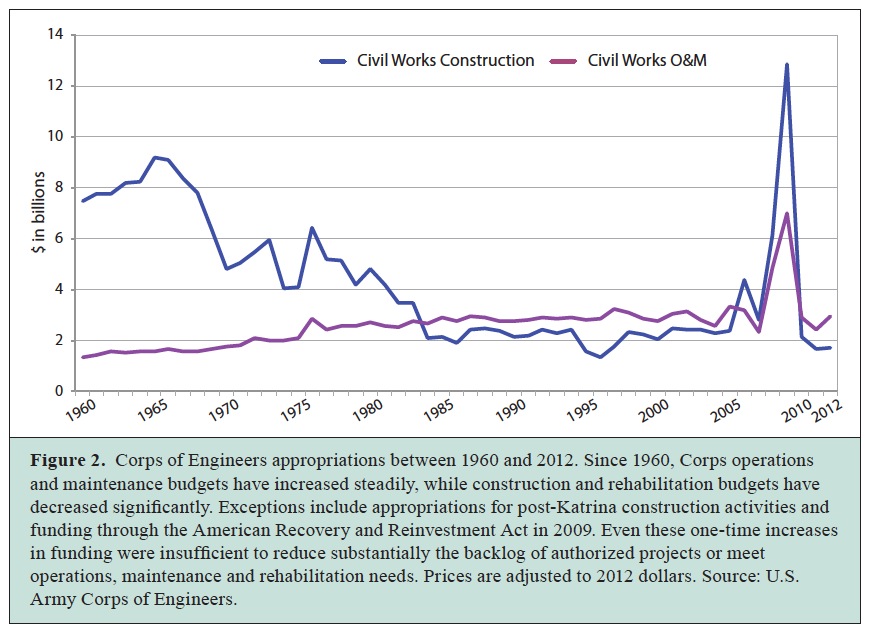NATIONAL RESEARCH COUNCIL
Over the past century, the U.S. Army Corps of Engineers has built a vast network of water management infrastructure that includes approximately 700 dams, 14,000 miles of levees, 12,000 miles of river navigation channels and control structures, harbors and ports, and other facilities. Since the mid-1980s, federal funding for new project construction and major rehabilitation has declined steadily. As a result, much of the nation’s water resources infrastructure is now deteriorating and wearing out faster than it is being replaced. This report explores the status of operations, maintenance, and rehabilitation of Corps water resources infrastructure, and identifies options for the Corps and the nation in regard to setting maintenance and rehabilitation priorities.
The U.S. Army Corps of Engineers constructed and now operates and maintains a water infrastructure network across the United States that includes dams, levees and coastal barriers for flood protection; locks and dams for inland navigation; ports and harbors; and hydropower facilities. Historically, the construction of new infrastructure dominated the Corps’ water resources budget and activities. Today, national water needs and priorities increasingly are shifting to operations, maintenance, and rehabilitation of existing infrastructure, much of which has exceeded its design life. For example, approximately 95 percent of the dams operated by the Corps are more than 30 years old, and 52 percent have reached or exceeded the 50-year economic service lives for which they were designed. Since the mid-1980s, dwindling federal resources have limited funds available for water infrastructure operations, maintenance, and rehabilitation, and there is a considerable backlog of deferred maintenance.
This report is the second in a series of five reports from the Committee on U.S. Army Corps of Engineers Water Resources Science, Engineering, and Planning, provides observations and advice in three broad areas related to Corps water resources infrastructure: the federal Water Resources Development Act process; considering priorities for operations, maintenance, and rehabilitation; and investment options for Congress, the administration, and the Corps.
About the National Research Council
www.nationalacademies.org/nrc/
“Our mission is to improve government decision making and public policy, increase public understanding, and promote the acquisition and dissemination of knowledge in matters involving science, engineering, technology, and health. The Research Council’s independent, expert reports and other scientific activities inform policies and actions that have the power to improve the lives of people in the U.S. and around the world.”
Tags: National Research Council, NRC, The National Academies, U.S. Army Corps of Engineers







 RSS Feed
RSS Feed